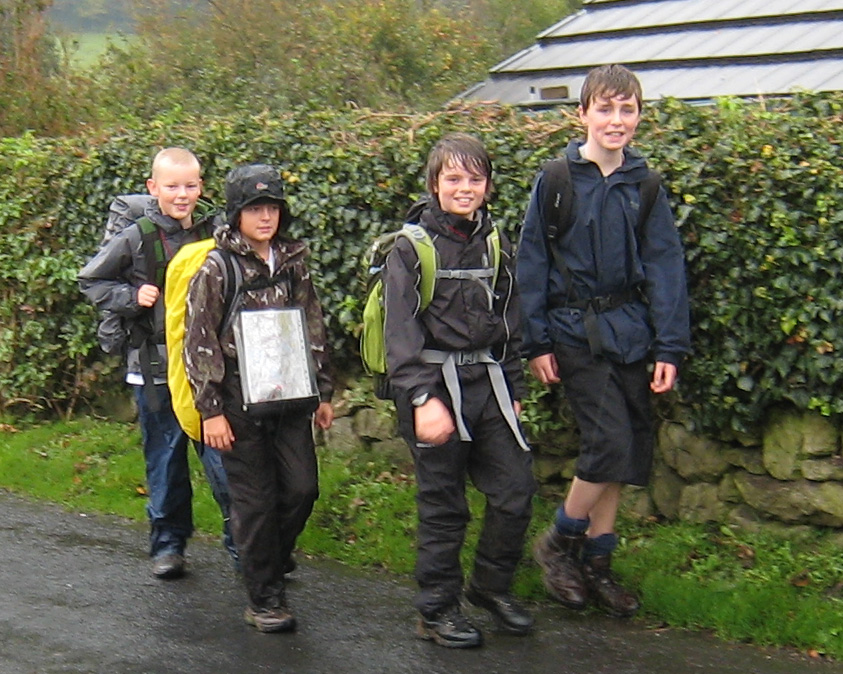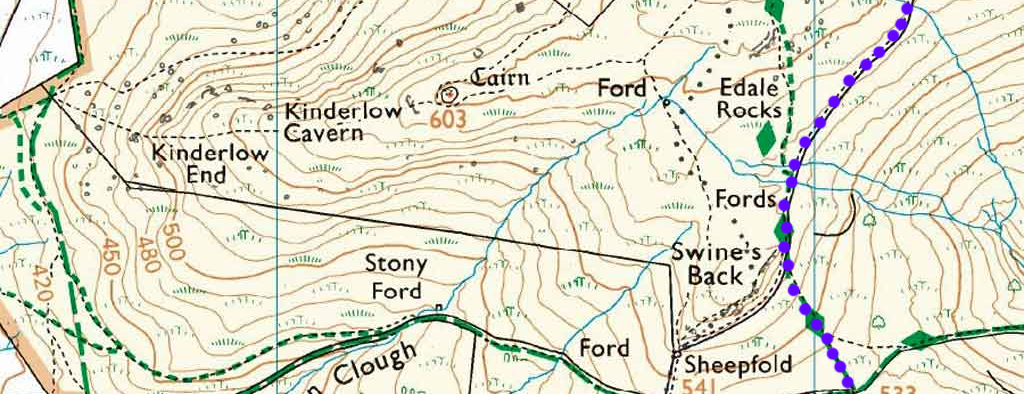Travel Speed
Travel Speed
Scroll down to learn more about Travel Speed or hit the Navigate button to take you back to the Navigate main page.
It's about the Journey, not the Destination.
If the point of hiking was to get from A to B then we may as well take a car
Walking to the Shops/School/Scout Hut (Urban Walking).
When we walk along a footpath, in a relatively flat area, we typically walk at around 3 – 4 MPH.
Let’s be very clear about what that means, in flat terrain, we typically walk at a speed of three to four miles every hour, due to the fact that an hour consists of 60 minutes then you could say that to walk 1 mile will take between 15 and 20 minutes (60/4 = 15, 60/3 =20).
For those who prefer the metric system … When we walk along a footpath, in a relatively flat area, we typically walk at around 5 – 6.5 KPH.
Let’s be very clear about what that means, in flat terrain, we typically walk at a speed of five to six and a half Kilometres every hour, due to the fact that an hour consists of 60 minutes then you could say that to walk 1 Kilometre will take between 9 and 12 minutes (60/6.5 = 9.23, 60/5 =12).

Walking across uneven, hilly terrain (Rural Walking).
Obviously, when we have obstacles in our way, they are going to slow us down. Going up a hill is an obvious obstacle, oddly enough, so is going down a hill, where your footing is not so sure, you will naturally hesitate, every step of the way.
Typically over a rough or hilly terrain, you can expect your walking speed to be reduced by around a third … so in Miles that would mean about 2 to just over 3 Miles per hour or in Kilometres it would be around 3 and a half to just over 4 Kilometres every hour … meaning that it would take you 20 to 30 minutes to walk a mile or 15 to 20 minutes to walk a Kilometre.

But most of my hikes are along flat paths?
That’s perfect, so ordinarily you may say that you are travelling at an Urban Walking Speed … but with a heavy pack on your back whilst walking through scenic countryside … both will slow you down a little, so maybe settle for the slower urban walking speeds (3 MPH / 5 KPH).
But look out for those parts of your hike where you go off the beaten track … on an Ordnance Survey map, this generally means when you cross multiple contour lines, regardless of whether the are uphill or downhill, they will slow your pace down to at least Rural walking speed.

So how far is my route?
Keep in mind that some of our route may be on flat tracks and some of it may be on uneven terrain.
So when calculating your travel speed, be prepared to take terrain into consideration.
Calculating the distance of your route is easier than you may think.
You have plotted your route on a map (hopefully it is an Ordnance Survey map), the 1:25,000 “Explorer” series or the 1:50,000 “Landranger” series (refer back to Map Basics if you need to).
In this example, we will use an OS Explorer Map (1:25,000) meaning that every grid square on the map represents 1 km x 1 km. To keep things simple, we will calculate our distance in kilometres.
Take the edge of a piece of paper and run it along your route path, marking off any bends and twists in the path on the paper.
Take a look at the video below by Nev Goodyer to see a demonstration of this.
So if your route involves a flat walk before you begin a hilly ascent and you need to work out how long it will take…
Calculate the flat part of your route (let’s assume it is 4km), we know that our flat (urban) walking speed is around 5 KPH or 5 Kilometres per Hour, this means that 1km should take around 12 minutes (60/12 = 12).
so if the flat portion of our route is 4km then it should take around 48 minutes.
Let us then assume that the climb to the summit measures a further 2 km, the slower walking speed for rural travel is around 3 KPH which means that each Kilometre will take approximately 20 minutes (60/3 = 20). so our “off road” part of the route should take around 40 minutes.
We can now say with a certain degree for error that from the start of our route, to the summit of the hill should take just under 1 hour and 30 minutes.
As you gain experience at route plotting, calculating the travel speed will become much easier but you should always base it off your own experience in various conditions.